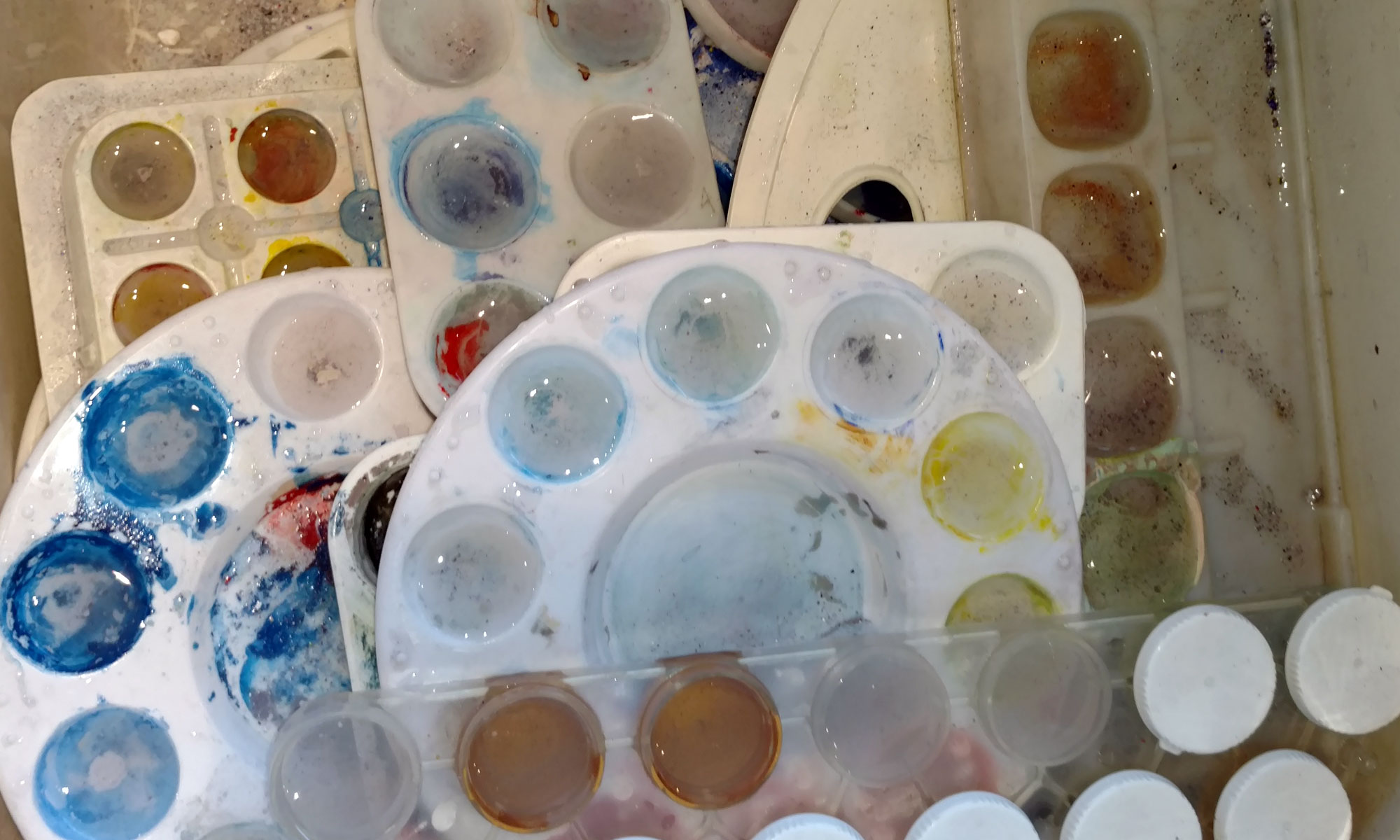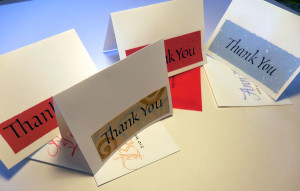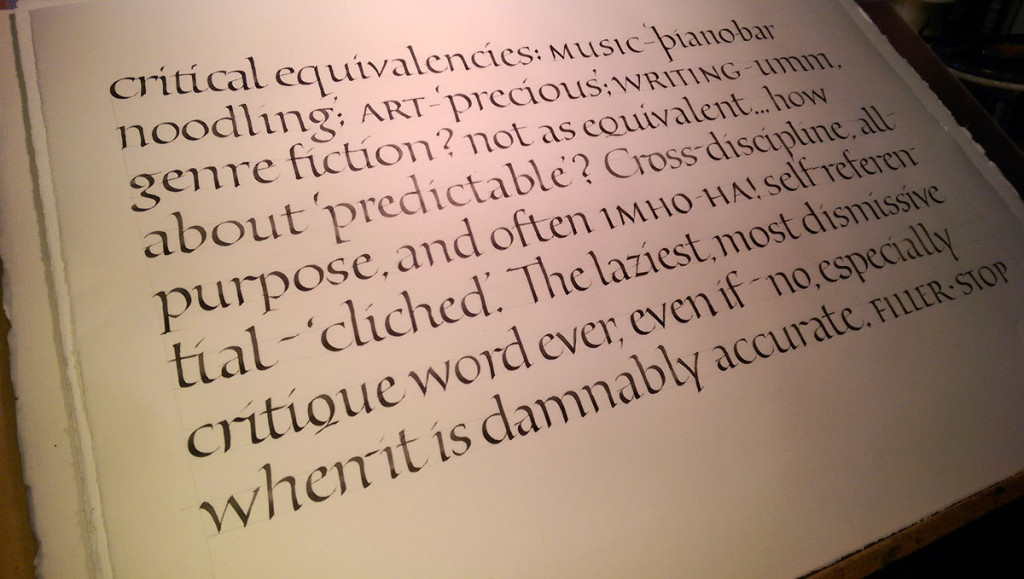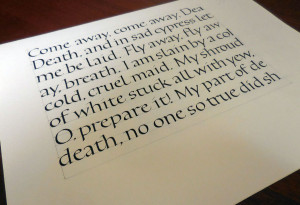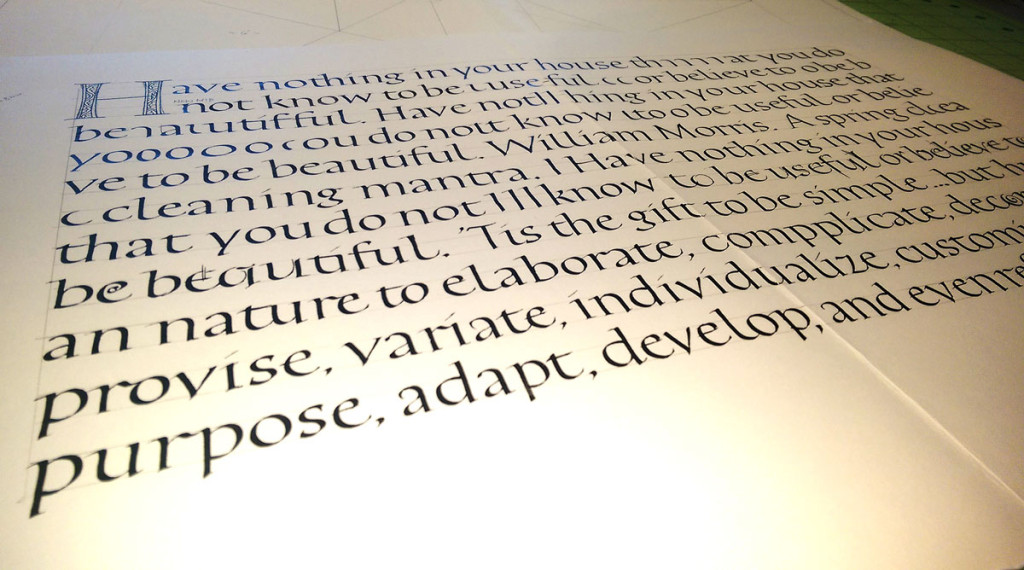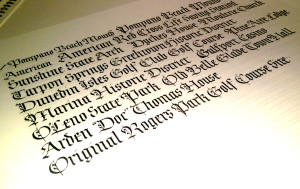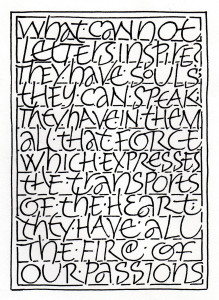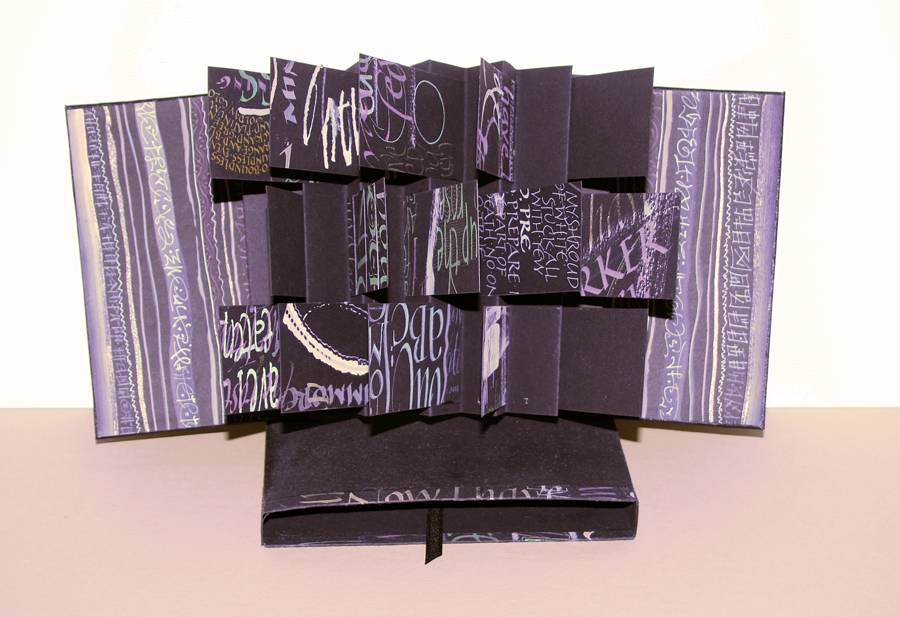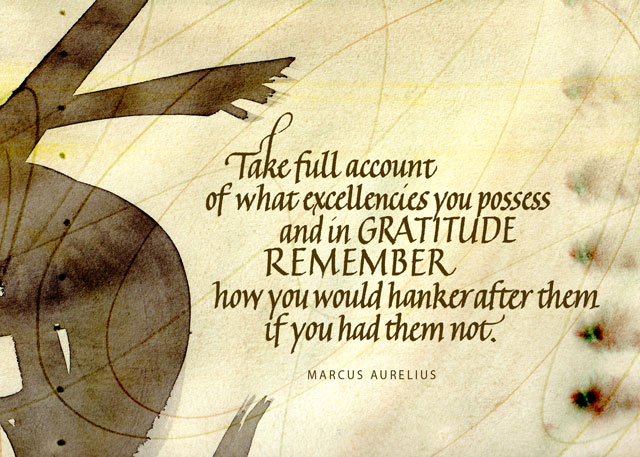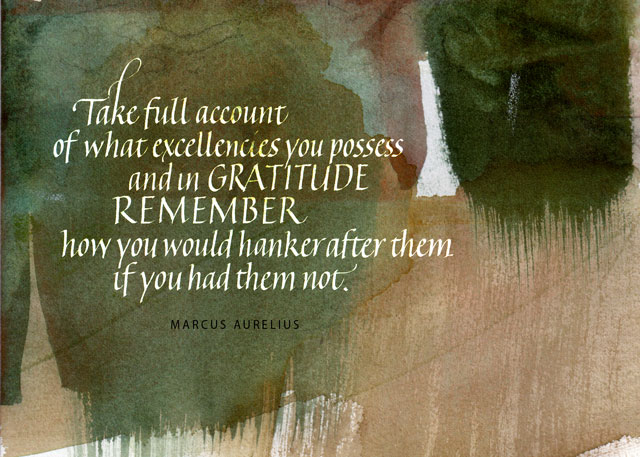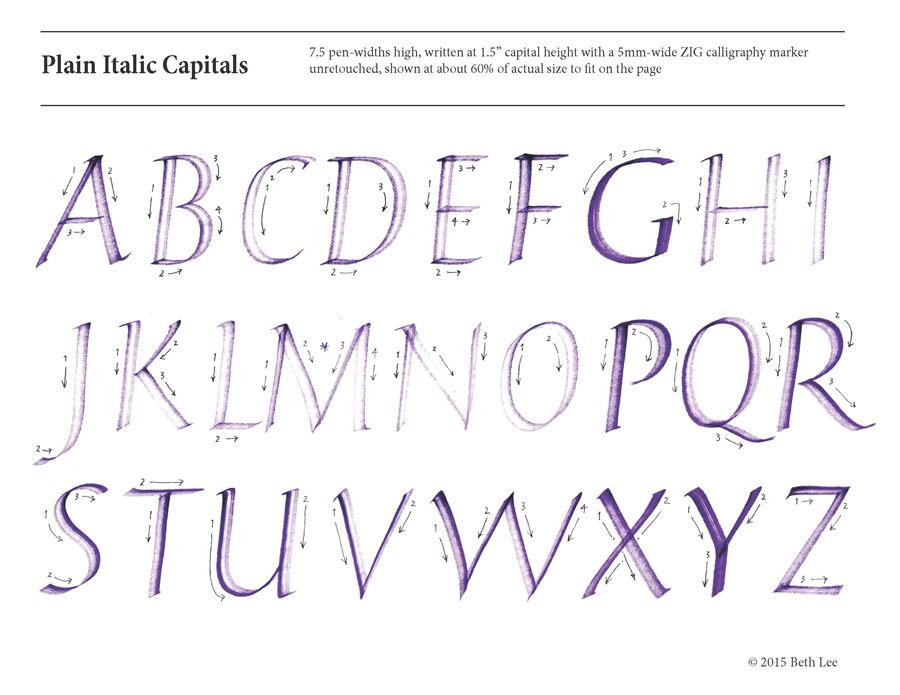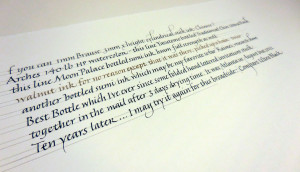
Today’s SAT analogy: Experimenting is to finished calligraphy as the tip of the iceberg is to the iceberg. One of the things that Christopher Haanes focused on in the workshop was sharpness of writing. His description of the differences between Chinese and Japanese stick inks has changed my thinking about them. (Don’t get me started on how bottled sumi ink bears no relation to stick sumi ink.)
Before I did the poem I mentioned in a recent post, I got out a bunch of inks and tested them on the paper I planned to use. This took forever, but was an interesting exercise. Of course, all the information is only useful with that paper and that nib …
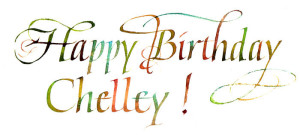
And then I took a break and had a good time with paints left over from an earlier piece. It looks better in person.
